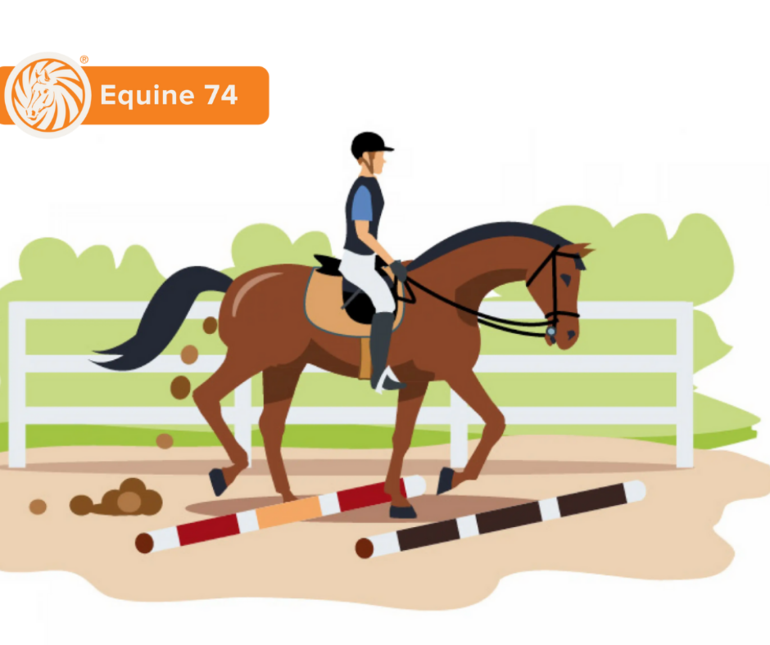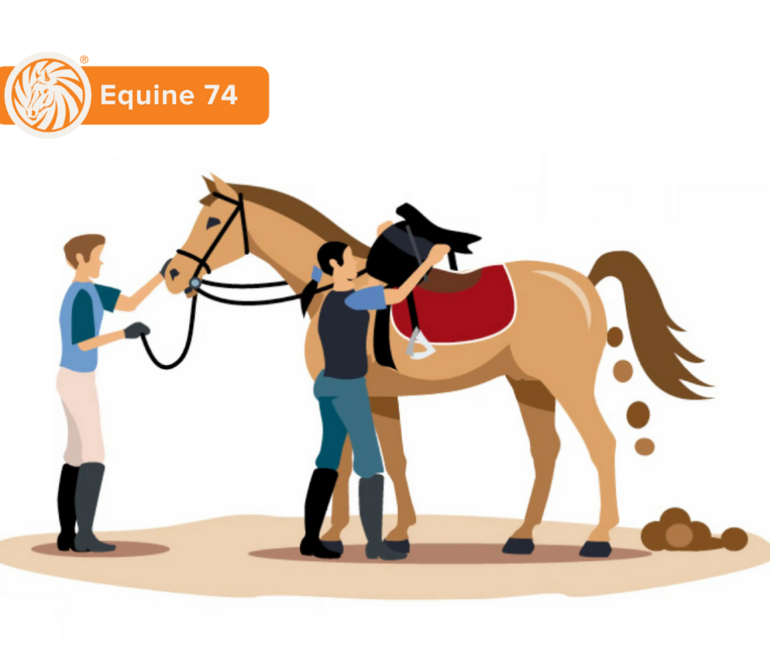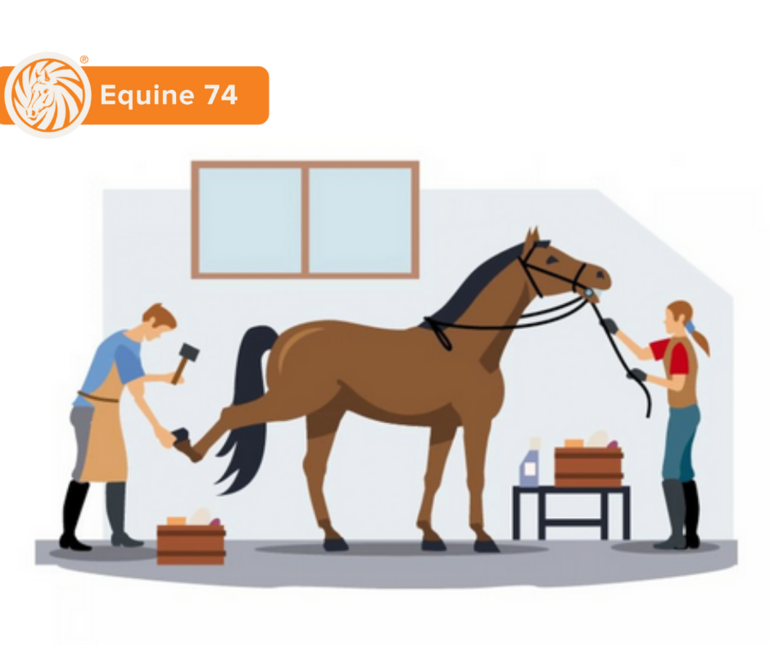If you look at the percentages – currently in the 60 % - 90 % range – you can assume that hardly any horse can avoid such a diagnosis during its lifetime.
There are no specific symptoms that clearly point to gastric ulcers, along with many factors which, when combined, may encourage and ultimately cause ulcers. This doesn’t make it easy for animal owners, who must balance prevention against their horses’ daily routine.
What are gastric ulcers in horses?
The usual term for this is EGUS, which is short for equine gastric ulcer syndrome. Basically, gastric ulcers develop where lesions occur, caused by injuries to the mucous membrane of the stomach.
A distinction is made between three different forms of injury:
- inflammation,
- erosion
- and ulcers.
EGUS, meanwhile, is "only" the generic term for this problem. Depending on the occurrence, ESGUS (equine squamous gastric ulcer syndrome) and EGGUS (equine glandular gastric ulcer syndrome) may be present. This distinction is important due to different approaches during later treatment.
Equine 74 Gastric counteracts the effects of constant stress-related acid problems with high mineral acid buffering.
How do I recognise a gastric ulcer?
Since there are no specific symptoms that would clearly signal gastric ulcers and stomach inflammation, it is absolutely essential that the horse’s caretaker pay close attention to the animal's behaviour, feed intake and physical signs. These signs include reduced appetite, weight loss, a resulting drop in performance and a dull coat. They also include behavioural changes. Horses and ponies love routine in their daily activity. An important part of this daily routine is a greeting when you enter the yard.
If a horse does not appear for this ritual and instead remains visibly distant, this is an indication that something may be wrong with this horse. We have compiled 21 symptoms that indicate stomach ulcers in horses.
Behaviour may also change in such a way that normally tame and obedient horses suddenly become sullen or aggressive. It is also quite possible that such behavioural changes in individual horses only become visible during work, and are not immediately noticeable during the first morning check.
Important:
The symptoms may also stem from other health issues. It is therefore essential to observe and examine the animal carefully, without prematurely concluding the presence of gastric ulcers, and to treat the animal accordingly. False diagnoses, with unnecessary treatments and stress for the animal, should be avoided at all costs.
Equine 74 Gastric Make your horse feel happy inside!
Natural Acidbuffer, optimized pH-level in horses stomach and gut that helps for better performance and satisfaction without compromise. Because good for your horse should also mean good for you! Order a free feed sample.
How is a gastric ulcer diagnosed?
Even with prevention, the figures mentioned at the beginning suggest that there is still a lot of room for improvement. A gastroscopy is often the only way to find out for certain whether a horse suffers from gastric ulcers.
The examination involves an endoscope being inserted into the horse's stomach to check the lining for gastric ulcers or lesions. The stomach must of course be empty in order for the examination to go smoothly, so forget for a moment the recommendations for prevention discussed above. For horses, such an examination means no eating 12-24 hours before the procedure and no drinking 2-3 hours before. These are the basics. While at first glance a gastroscopy appears to be the best path to a diagnosis, another challenge lurks here.
With Equine 74 Gastric there is always an improvement!
- Nayel Nassar -
Gastric ulcers come and go, sometimes very quickly. If the gastroscopy turns up no abnormalities, that doesn’t mean everything is in perfect order. Gastric ulcers may have been present a few days before the examination and have since disappeared – or they may occur two days after this "satisfactory" examination.
This is exactly why it is so important to observe the horses closely for any of the symptoms mentioned above. One should also know the individual characteristics of one’s healthy animals, in order to spot behaviour changes that may arise. A further challenge lies in the simplified presentation of gastric ulcers in all stages.
Equine 74 Gastric counteracts the effects of constant stress-related acid problems with high mineral acid buffering.
Can I actively ride a horse again that has suffered from stomach ulcers?
If your horse has been diagnosed with stomach ulcers, you should first ask your vet if it is OK to ride during this time. An acute stomach ulcer can make movement very unpleasant and painful for the horse, as it causes the stomach acid to slosh back and forth and reach the affected areas. A time-out is therefore usually needed for recovery.
You should start training the horse again slowly after you get his stomach problems and their causes under control. Exercise caution at first, because the horse should enjoy being ridden and not associate this with stomach pain. It is important to listen to your horse and to interpret the signals he gives you.
If your horse prefers to go off-road or is much better at cantering than at trotting, he should be ridden accordingly to keep motivation high.
Sources used in this article:
Equine gastric ulcer syndrome:
The continuing conundrum (EQUINE VETERINARY JOURNAL Equine vet. J. (2009) 41 (1) 00-00 doi:
Keeping Horses Healthy:
Update on Equine Gastric Ulcers (Beth Davis, DVM, PhD, DACVIM Kansas State University Manhattan, Kansas)
“Magengeschwüre beim Pferd erkennen und verhindern” (Detecting and preventing gastric ulcers in horses) by Dr. Meyer (IWEST) in the magazine Endurance Insight, May/June 2010 issue.











